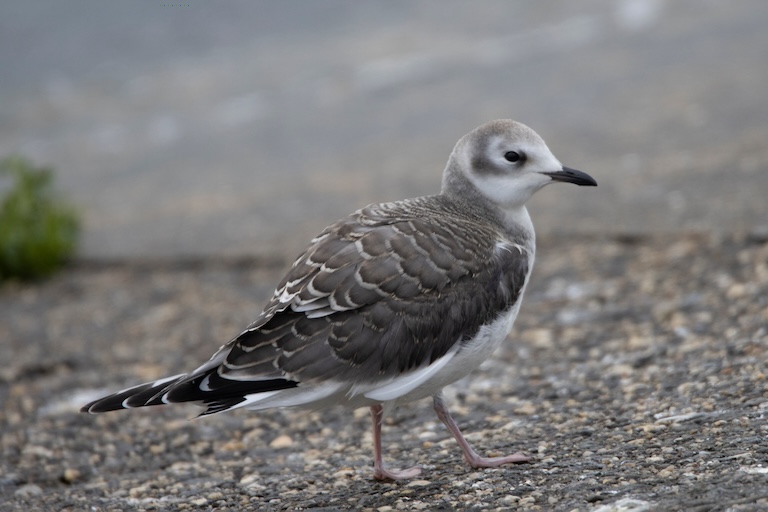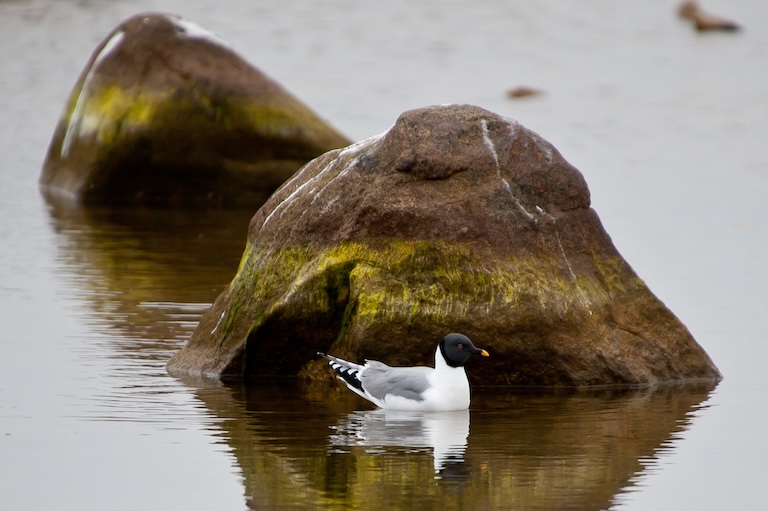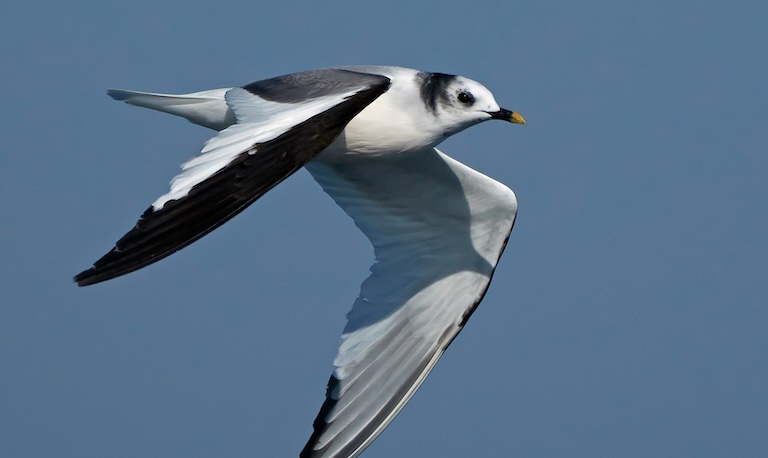Xeme Profile
Namibia is one of the least densely populated countries in the world. This is, in no small part, because it’s got a whole bunch of inhospitable desert spanning it.
But it’s not just desert: there’s also plenty of other raw and barren landscapes available, and it has the kind of beach you can walk on for days without meeting a single person (Bring drinking water).
The Portuguese referred to this Skeleton Coast as the gates of hell, as they found that they could land their ships there, but not get back offshore again because of the rough ocean swells.
Anyway, this spectacular and hostile place is one of the last locations you’d expect to find an arctic gull. But this is one of the holiday destinations of the Xeme, a unique and hardcore tundra specialist.

Xeme Facts Overview
| Habitat: | Tundra, |
| Location: | Circumpolar, migrating as far as Chile and South Africa during the Winter |
| Lifespan: | 18+ years |
| Size: | Up to 33 cm (13 in) in length |
| Weight: | 225 g (8 oz) |
| Colour: | Mostly pale grey, with a black head, legs and wing tips. The black beak has a yellow tip |
| Diet: | Mostly invertebrates, small fish, carrion, sometimes young chicks and eggs |
| Predators: | Arctic foxes, polar bears, and humans |
| Top Speed: | Unknown |
| No. of Species: | 1 |
| Conservation Status: | Least Concern |
Interesting Xeme Facts
1. They’re gulls
The Xeme is the only member of its genus Xema, and perhaps therefore what inspired the lonely artistic robot Zima Blue in Love, Death and Robots. And there are more similarities to be found between the two beings, as we’ll come to shortly. This bird is also known as Sabine’s gull, and is a member of the very familiar gull and tern family, Laridae.
While gulls are very familiar, this one is a bit weird, and has a few things about it that make it a bit of an outsider.

2. They’re unusual
The first things about the Xeme that stand out are its yellow-tipped beak and its notched tail feathers.
Both of these features would be unique among gull species, but for a species found in the Galapagos called the swallow-tailed gull.
And the winter migrations of some populations of the Xeme put it on the path to those Islands, so, it was thought to be a no-brainer that these two outliers must be related.
But genetic analyses proved common sense wrong again, and it turns out not only are these two not very closely-related, they’re some of the least closely-related of any gulls!
And so, it terns out, the closest relative of the Xeme is the stunning arctic masterpiece that is the Ivory gull.1
3. They moult strangely, too
Unlike the ivory gull, the Xeme has a bit more colour to it. Still, this colour takes a while to settle, and like many gulls, this one goes through a lengthy adolescence of ugly duckling.
In fact, this one takes two years to receive its adult plumage, retaining its dirty grey colour through the autumn and well into the Winter after they finally make it to the tropics for the Winter.
Adults moult completely in Spring, and partially in autumn, which is a bit backwards compared with other gull species.
4. But they move a lot!
Like Zima Blue, this pretty little gull seems to be unfulfilled, and can perhaps only find peace by returning to its beginnings as an Arctic specialist.
But to return, you must leave! And yearly, Xemes leave on the longest journeys of any gull.
Xemes breed in the Arctic – pretty much all over it, in fact. They can be found in North America and Eurasia during this time, up in the frigid North, foraging amid the tundra and making simple nests on the ground with grass and moss.
Then, when the colder months draw in, they decide to fly further south. Much further south!
In fact, the annual migration of this species can reach up to 40,000 km. In Autumn, before the 24-hour darkness sets in, they leave for the Southern Hemisphere and can travel between Svalbard and Namibia, or Siberia and Chile.
This is a bird who regularly shares its space with both polar bears and Armadillos. And they’ll fly laterally, too, flitting between the American and Eurasian continents with ease. 2

5. They keep good company
While this is the longest migration of any gull, it’s not the longest in the family. The record migration of any bird belongs to an Arctic tern, whose return journey netted it almost 60,000 frequent flyer miles, or 71,000 km.
Terns are also in the gull family, and are the experts at having two summers per year, so it’s no surprise then, that this special gull, the Xeme, gathers inspiration from such a legend during breeding season.
When they aren’t alone, they’re often found nesting in small groups or as couples among colonies of terns, and they do this in the salty marshland, where they can forage on the multitude of invertebrates in the mud and drying algae of the water’s edge.3
6. They’re tough
As you might have guessed, this is a very strong animal, and while nesting in such empty wastelands of the tundra, they are vulnerable to a host of mammalian and raptorial predators, which they have to fend off.
Different gulls have different thresholds for defence behaviour and they will be pretty consistent with their choice of it throughout the year and at all points along the reproductive cycle.
And once nest defence kicks off, other birds will commonly join in – both conspecifics and their friends the terns or other shorebirds who happen to be in the locality.
7. They’re doing fine
All this tenacity has resulted in a robust species with a stable population. There are an estimated 340,000 breeding individuals at the moment, and this number is considered stable.
The Xeme appears to have hit its stride, and being comfortable in various places people aren’t probably has a lot to do with it. They are of Least Concern to the IUCN Red List.4
Xeme Fact-File Summary
Scientific Classification
| Kingdom: | Animalia |
| Phylum: | Chordata |
| Class: | Aves |
| Order: | Charadriiformes |
| Family: | Labridae |
| Genus: | Xema |
| Species Name: | Sabini |
Fact Sources & References
- Cerny et al. (Year), “Comprehensive taxon sampling and vetted fossils help clarify the time tree of shorebirds (Aves, Charadriiformes)”, Biorxiv.
- Day et al. (2020), “Sabine’s Gull ”, Birds of the World.
- (2020), “Sabine’s Gull”, IUCN Red List.
- (2020), “Sabine’s Gull”, IUCN Red List.
